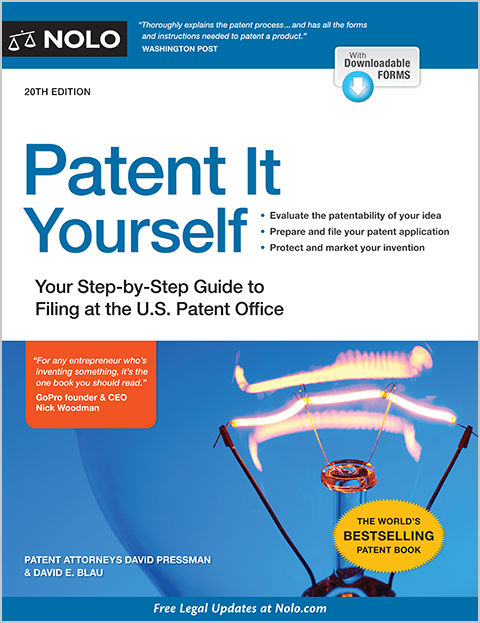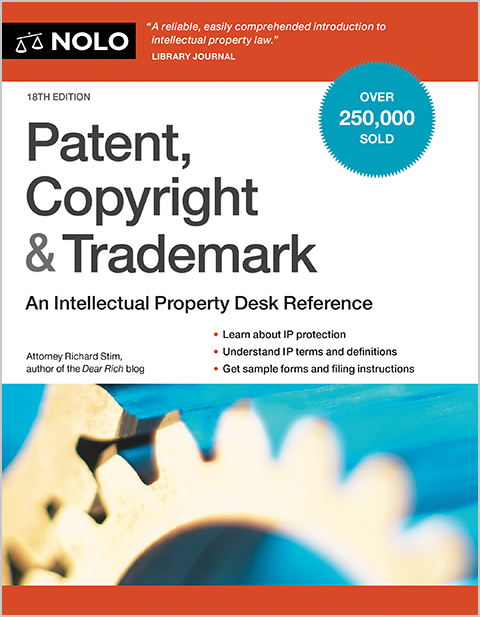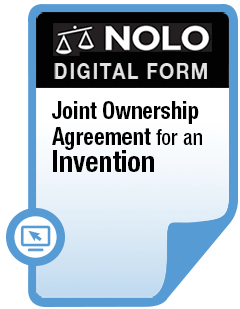Trademark Choose Class 31 if you're registering a trademark for live plants and animals, fresh produce, grains, seeds, and animal food.
Trademark Class 31 includes grains and agricultural, horticultural, and forestry products, as well as live animals, fresh fruits, vegetables, seeds, natural plants, flowers, and foodstuffs for animals. It also includes raw woods, raw cereals, fertilized eggs for hatching, mollusks, and live crustacea.
Specifically, the class includes live birds, live succulents, fresh berries, oats, grass seed, wood chips, and sod.
What Goods Are Included Under Trademark Class 31?
The following is a more comprehensive list of Class 31 goods:
- Live animals, livestock for breeding, live cattle, live pigs, live butterflies, live birds, live game, crayfish, live crustaceans, eggs for hatching, live fish, live fishing bait, live lobsters, live mussels, live oysters, live poultry, live, sea cucumbers, live shellfish, live, silkworm eggs, and live spiny lobsters.
- Unprocessed algae for human or animal consumption, unprocessed seaweed for human or animal consumption, and fresh kelp.
- Live plants, dried plants, live aloe vera plants, live succulent plants, hops, live flowering plants, live plants used as aquarium landscapes, living fruit plants, sugarcane, and bulbs for agricultural purposes.
- Fresh fruits, nuts, vegetables, herbs, fresh almonds, fresh beans, fresh beets, fresh berries, fresh chestnuts, fresh chicory, fresh citrus fruit, raw cocoa beans, fresh or raw coconuts, copra, fresh cucumbers, fresh garden herbs, fresh grapes, fresh hazelnuts, unprocessed kola/cola nuts, fresh leeks, lemons, fresh lentils, fresh lettuce, raw locust beans, nuts, olives, onions, fresh vegetables, oranges, fresh peanuts, fresh peas, peppers, potatoes, fresh rhubarb, fresh horseradish root, fresh spinach, and fresh squashes.
- Malts, unprocessed cereals, barley, grains, malt for brewing and distilling, oats, rice, unprocessed rye, and wheat.
- Natural turf, nonartificial turf, and sod.
- Flowers, cut flowers, flower seeds, edible flowers, flower arrangements, flower wreaths, and flowers, dried, for decoration.
- Seeds, bulbs and seedlings for plant breeding, unprocessed cereal seeds, flower bulbs, plant seeds, agricultural seeds, flower seeds, grass seed, sowing seeds, and agricultural grains for planting.
- Live trees, Christmas trees, bonsai trees, palm trees leaves, pine cones, raw barks, rough cork, shrubs, bushes, undressed timber, unsawn timber, and wood chips.
- Plant residues (raw materials), raw sugar cane bagasses, coconut shell, draff, marc being unprocessed fruit residue, wood mulch, and straw mulch.
- Fungi, raw mushrooms, fresh mushrooms, and fresh truffles.
- Foodstuffs for animals, fodder, algarovilla for animal consumption, mash for fattening livestock, edible chews for animals, pet beverages, bird food, byproducts of the processing of cereals for animal consumption, distillery waste for animal consumption, dog biscuits, fish meal for animal consumption, flaxseed meal for animal consumption, cattle cake, grains for animal consumption, groats for poultry, linseed for animal consumption, linseed meal for animal consumption, bran mash for animal consumption, oil fodder, peanut meal for animals, peanut cake for animals, pet food, pet rabbit food, rice bran for animal consumption, mineral salt licking bricks for livestock, wheat germ for animal consumption, and yeast for animal consumption.
- Animal bedding, litter for animals, aromatic sand being litter for pets, hay, litter peat, and straw litter.
What Goods Aren't Included Under Class 31?
But the class isn't as broad as you might expect. Specifically, you would not use Class 31 if you're applying for:
- cultures of microorganisms and leeches for medical purposes (Class 5 - Pharmaceuticals)
- dietary supplements for animals (Class 5 - Pharmaceuticals)
- semi-worked woods (Class 19 - Nonmetallic Building Materials)
- artificial fishing bait (Class 28 - Toys and Sporting Goods)
- rice (Class 30 - Staple Foods), or
- tobacco (Class 34 - Smokers' Articles).
Examples of Trademarks in Class 31
You can find trademarks that have been applied for or registered by the United States Patent and Trademark Office (USPTO) under Class 31 in the Trademark Electronic Search System (TESS), an electronic trademark database.
Some well-known examples of Class 31 marks include:
-
- BLUE BUFFALO (dog and cat food)
- MIRACLE-GRO (live plants and seeds), and
- CHIQUITA (bananas).
USPTO Trademark Classes
The USPTO, the federal agency that oversees the registration of federal trademarks, divides marks into 45 different classes of products and services. The purpose of these classes is to allow different types of businesses to register their trademarks into categories most related to their core business.
The first 34 classes consist of different broad categories of goods. The last 11 classes consist of different broad categories of services.
Related or Coordinated Classes to Class 31
If you're not sure whether you should apply for your mark under Class 31, you can consider a "coordinated" class. A coordinated class is one that's related to another class, usually because the USPTO has determined that applicants filing within one particular class often file in other specific classes, too.
For Class 31, the USPTO has determined the following classes to be coordinated classes:
- Class 5 - Pharmaceuticals,
- Class 29 - Meats and Processed Foods,
- Class 30 - Staple Foods,
- Class 32 - Light Beverages,
- Class 35 - Advertising and Business Services,
- Class 42 - Computer and Scientific Services
- Class 43 - Hotels and Restaurants Services, and
- Class 44 - Medical, Beauty, and Agricultural Services.
Trademark Filing Fees
The trademark class system will also affect the scope of the registration fees that you pay. The USPTO charges a set filing fee per class of goods or services. So, if you apply for a trademark for posters (Class 16) and shirts (Class 25), you must pay the filing fee for two classes, which is double the filing fee for one class. (37 C.F.R. §2.6(a)(1)(2022).)
Be sure to indicate the correct class at the time you're registering a trademark—if the application doesn't already do so for you. If you list the incorrect class, you must restart the application process, and your filing fees will not be refunded.
Your registration is restricted to those classes that encompass the goods or services you're already offering (as shown by the specimens you submit) or that you plan to offer (if you're registering on an intent-to-use basis).
USPTO Specimens
At some point in the trademark application process, you'll need to supply the USPTO with a specimen. A specimen is a real-world example of how your mark is being used in association with your goods or services. In other words, it's how customers come across your mark as they shop for your goods or services.
If you're applying for a use-in-commerce trademark (you're already using your trademark to sell your goods or services), then you'll submit a specimen with your trademark application. If you're applying for an intent-to-use trademark (you haven't started using your trademark yet but plan to), then you'll submit a specimen after you've already submitted your trademark application once the trademark examiner—the person at the USPTO reviewing your application—requests it from you.
For every class of goods or services, you'll need to submit at least one specimen regardless of how many goods or services are listed under the class. So, if you apply for hats, t-shirts, and socks under Class 25, then you'll only need to submit one specimen and you can choose which good to include in your specimen.
(37 C.F.R. §2.34(b)(2)(2022).)
Acceptable Specimens for a Goods Trademark
The specimen must show the mark as used on or in connection with the goods in commerce. Specifically, a specimen for a goods trademark must show use of the mark in a manner that would be perceived by potential purchasers as identifying the applicant's goods and indicating the goods' source.
When a trademark is on the good itself or on the packaging or containers of the goods, photographs or facsimiles showing the trademark in use on or with the goods are acceptable.
A specimen for a goods trademark can appear:
- On the good itself. The trademark can be imprinted on the body of the goods, as with metal stamping; it can be applied by a rubber stamp; or it can be inked on by using a stencil or template.
- On a tag for the good. For example, you could include your trademark on a sales tag above the product price, or it can be printed below the product specifications on a mattress tag.
- On a label for the good. For instance, your trademark could be on the UPC barcode sticker or on a drink's ingredients label. You could also use shipping or mailing labels affixed to the goods as long as the trademark functions as an indicator of the good's source. For example, if the trademark appears only on the return address, then the specimen wouldn't be appropriate.
- Directly on the packaging or container for the good. The trademark can be on any type of commercial packaging that's normal for the particular goods as they move in trade, such as shipping boxes or shelf display packaging. For instance, gasoline pumps are normal containers or "packaging" for gasoline.
- On a display associated with the goods. If you sell your goods at trade shows or community events, your trademark could be printed out next to a display of your goods as long as customers can connect your trademark with the goods. For example, your trademark could be printed on the tablecloth at your booth or on a sign hanging from your pop-up tent.
(37 C.F.R. §2.56(2022).)
Webpage Listing for a Goods Trademark
If you sell your goods online—whether on your own website or on a third-party online marketplace—you can use a screenshot of the webpage where your good is listed for sale as your specimen.
The webpage must include:
- your trademark, either in the webpage header or in another prominent position
- a picture or description of your good, and
- a way for consumers to immediately purchase your good, such as an "add to cart" or "buy now" option.
If you use this kind of specimen, be sure you include—either on the screenshot or in the application—the website URL and the date you last accessed the webpage. (37 C.F.R. §2.56(c)(2022).)
While most marks appear in writing somewhere, trademarks can also be in audio format. If your mark represents a service, and it appears only on radio ads or in some other audio form, you can submit a sound file of the audio.
For more information about trademarks and federal registration, see our section on trademark law.
Talk to a Lawyer
Need a lawyer? Start here.
How it Works
- Briefly tell us about your case
- Provide your contact information
- Choose attorneys to contact you
- Briefly tell us about your case
- Provide your contact information
- Choose attorneys to contact you



